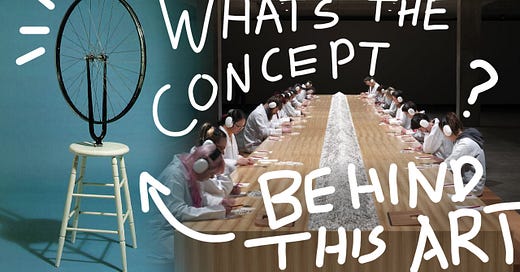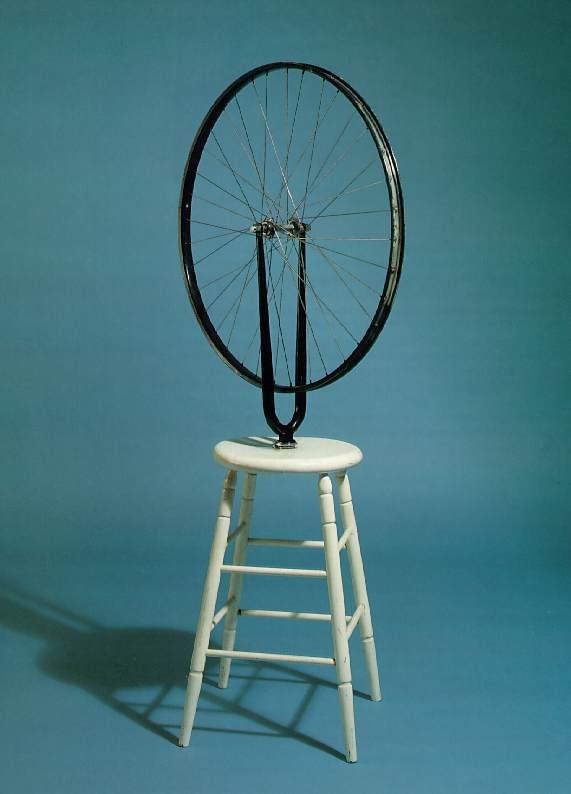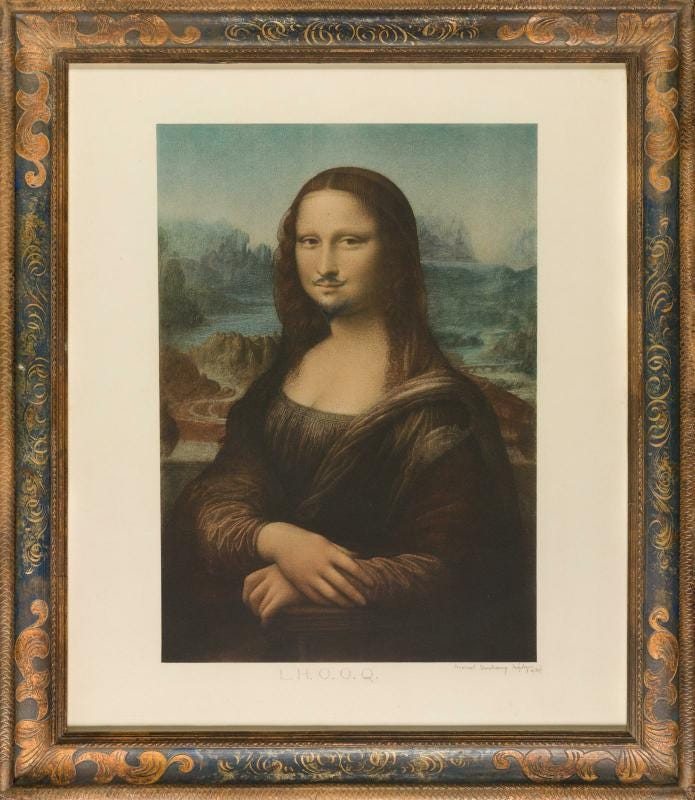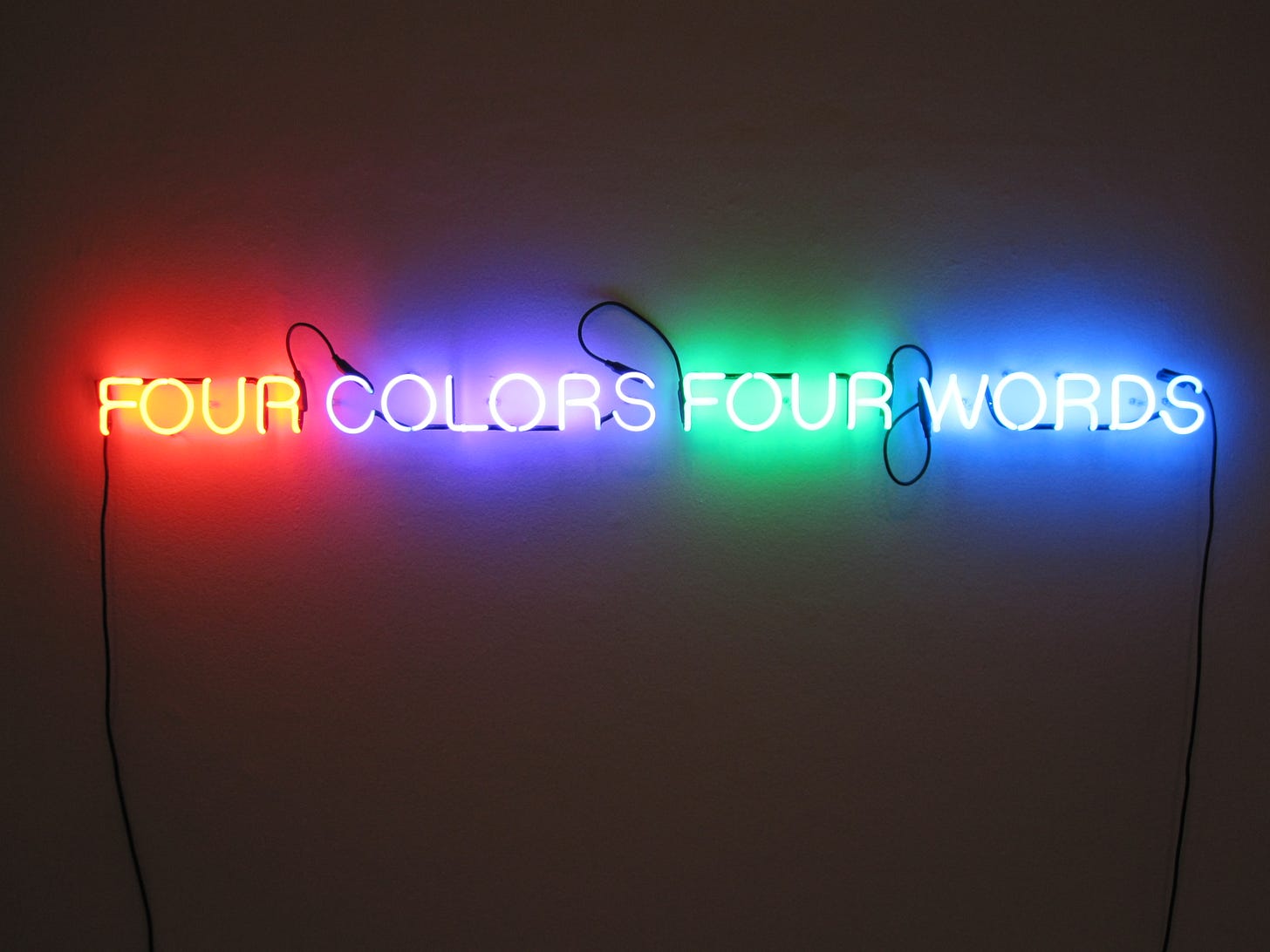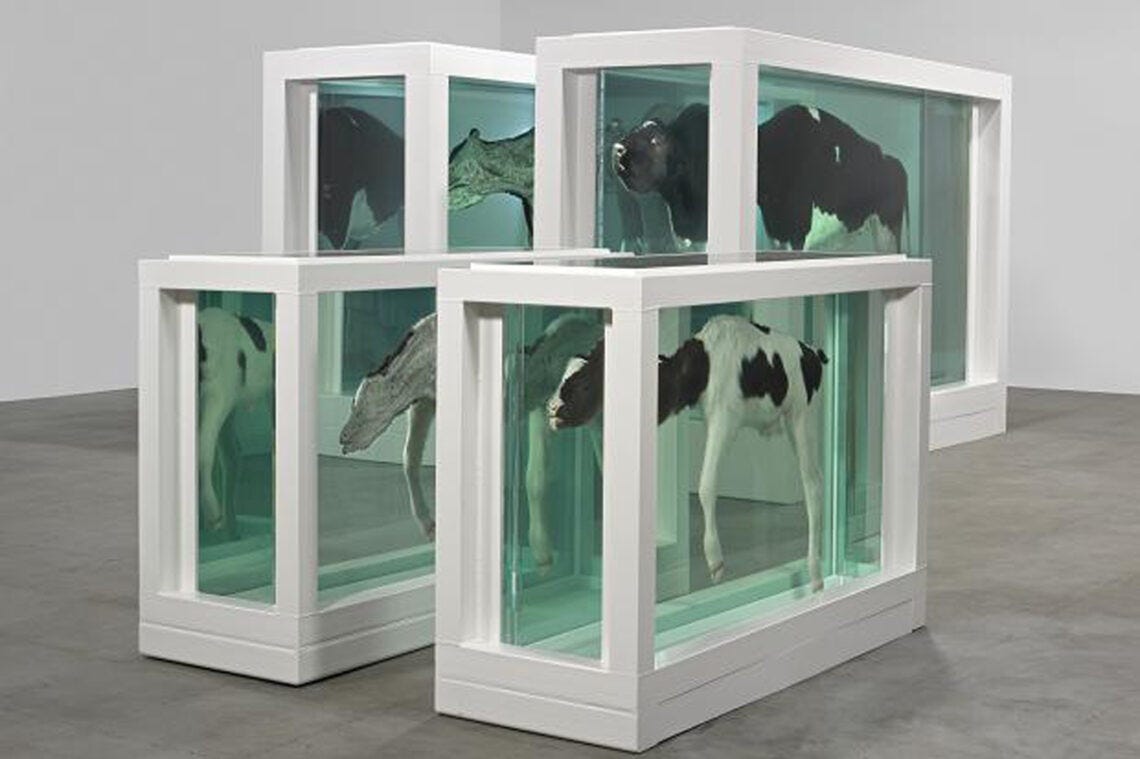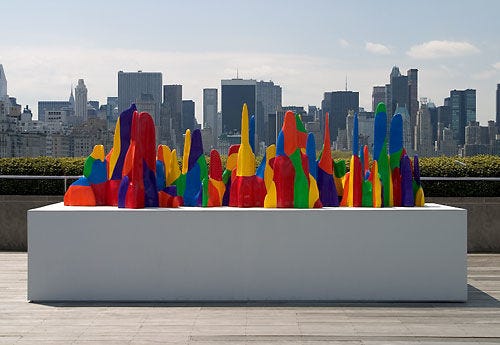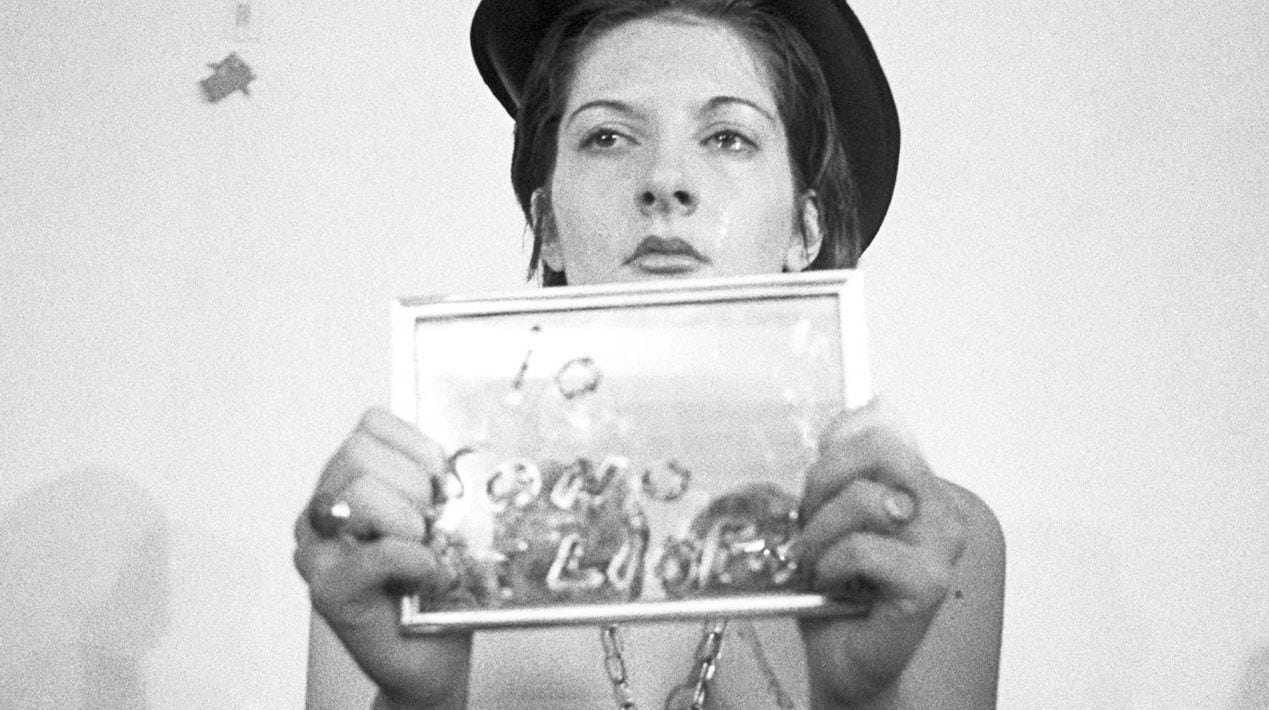Today, we’re going to discover what in the world is Conceptual Art. Does it hold a concept behind it?
We’ll learn important things about the world of Conceptual Art is like:
What is Conceptual Art?
What is cool, interesting, and important about Conceptual Art?
Conceptual Art characteristics?
Who created Conceptual Art?
Famous artists from this time and Era.
What is Conceptual Art?
Conceptual art is art for which the idea (or concept) behind the work is more important than the finished art object, to the point where the idea or concept behind the work of art became more important than the actual technical skill or aesthetic. Conceptual artists used whichever materials and forms were most appropriate to get their ideas across.
It emerged as an art movement in the 1960s and the term usually refers to art made from the mid-1960s to the mid-1970s.
What cool, interesting, and important things about Conceptual Art?
Conceptual Art is mainly focused on “ideas and purposes” rather than the “works of art” (paintings, sculptures, and other valuable objects). It is characterized by the use of different media and supports, along with a variety of temporary everyday materials and “ready-made objects”.
An interesting thing about conceptual art is that it's more about guiding the viewer toward its true meaning, which is an idea or a concept behind the artwork. It can be anything. From awareness about an underlying issue to criticizing a government decision, conceptual art uses different colors, materials, and arrangements to speak about something deeper.
Why is concept art important? The goal of conceptual art is to show the creators what their stories might look and feel like before they commit to spending millions of production dollars. “This way, money isn't wasted on things that we don't need. It also helps set the look and the tone: a blueprint for production.”
Characteristics of Conceptual Art.
Some main Characteristics of Conceptual Art are:
Creating a dematerialization of art. Minimalist unconventional materials.
Art is an idea or concept as the driving aspect more than traditional art skill.
Emphasis on expression or commentary on cultural values or society.
Interesting questions I thought of when I was learning and researching about Conceptual art are:
What is the difference between conceptual art and minimalism?
Minimalism developed in direct reaction to the critical and popular success of Abstract Expressionist painting over the previous decade, while Conceptual art fundamentally challenged traditional notions of visual art by emphasizing ideas over objects.
What Is The Difference Between Abstract And Conceptual Art?
Abstract art primarily focuses on the use of color, form, and gesture to create visual representations that may not depict any recognizable objects or subjects. On the other hand, conceptual art emphasizes the idea or concept behind the artwork rather than its visual representation.
Who created Conceptual Art?
As a definable movement conceptual art is associated with the 1960s and 1970s, but its origins reach beyond these two decades. Marcel Duchamp is often seen as an important forefather and the one that created conceptual art, and his readymade Fountain of 1917 is cited as the first conceptual artwork.
Famous Artists of the Conceptual Art Period
Now let’s take a look at some of the most well-known artists in the Conceptual Art period!
Marcel Duchamp (1887-1968) Marcel Duchamp was a pioneer of Dada, a movement that questioned long-held assumptions about what art should be, and how it should be made. In the years immediately preceding World War I, Duchamp found success as a painter in Paris. But he soon gave up painting almost entirely, explaining, “I was interested in ideas—not merely in visual products.”
Seeking an alternative to representing objects in paint, Duchamp began presenting objects themselves as art. He selected mass-produced, commercially available, often utilitarian objects, designating them as art and giving them titles. “Readymades,” as he called them, disrupted centuries of thinking about the artist’s role as a skilled creator of original handmade objects. Instead, Duchamp argued, “An ordinary object [could be] elevated to the dignity of a work of art by the mere choice of an artist.”
Joseph Kosuth (Jan,31,1945) Joseph Kosuth (born January 31, 1945, Toledo, Ohio, U.S.) is an American artist and theoretician, a founder and leading figure of the conceptual art movement. He is known for his interest in the relationship between words and objects, between language and meaning in art.
Damien Hirst (June,07,1965) Damien Hirst is a British Conceptual artist known for his controversial take on beauty and found-art objects. Along with Liam Gillick, Tracey Emin, and Sarah Lucas, Hirst was part of the Young British Artists movement that rose to prominence in the early 1990s.
Sol LeWitt (1928-2007) LeWitt is regarded as a founder of both Minimal and Conceptual art. His prolific two and three-dimensional work ranges from wall drawings (over 1200 of which have been executed) to hundreds of works on paper extending to structures in the form of towers, pyramids, geometric forms, and progressions.
Marina Abramović (Nov,30,1946) Initially a painter, Abramović subsequently shifted her focus to conceptual work, sound pieces, and Performance art. In 1973–74, she performed several works named Rhythm, intended to stretch the limits of her body and mind. In Rhythm 2, for example, she took drugs that gave her convulsions or seizures.
Mini Exercise for you!
This week, I want you to explore more on your own and see what else you can discover about the world of Conceptual Art. See if you can learn more and explore some of your new favorite artists from this time and art movement.
Have fun learning and exploring!
What did you discover?
I’m curious to see what you discover about Conceptual Art. If you also discovered something new about it, I would love to know! (You can comment and share your thoughts below!)
Thank you for reading my fun little discovery and I hope you also get to learn and share your discoveries too!
Share this with fellow friends, family, and artists who would benefit and love learning more about art! On social media, email, or text. Thanks for reading!
Check out this YouTube video if you love this art article about Minimalism Art. Sharing thoughts and ideas! If you like it, please like and subscribe to my YouTube channel for more videos like these!

